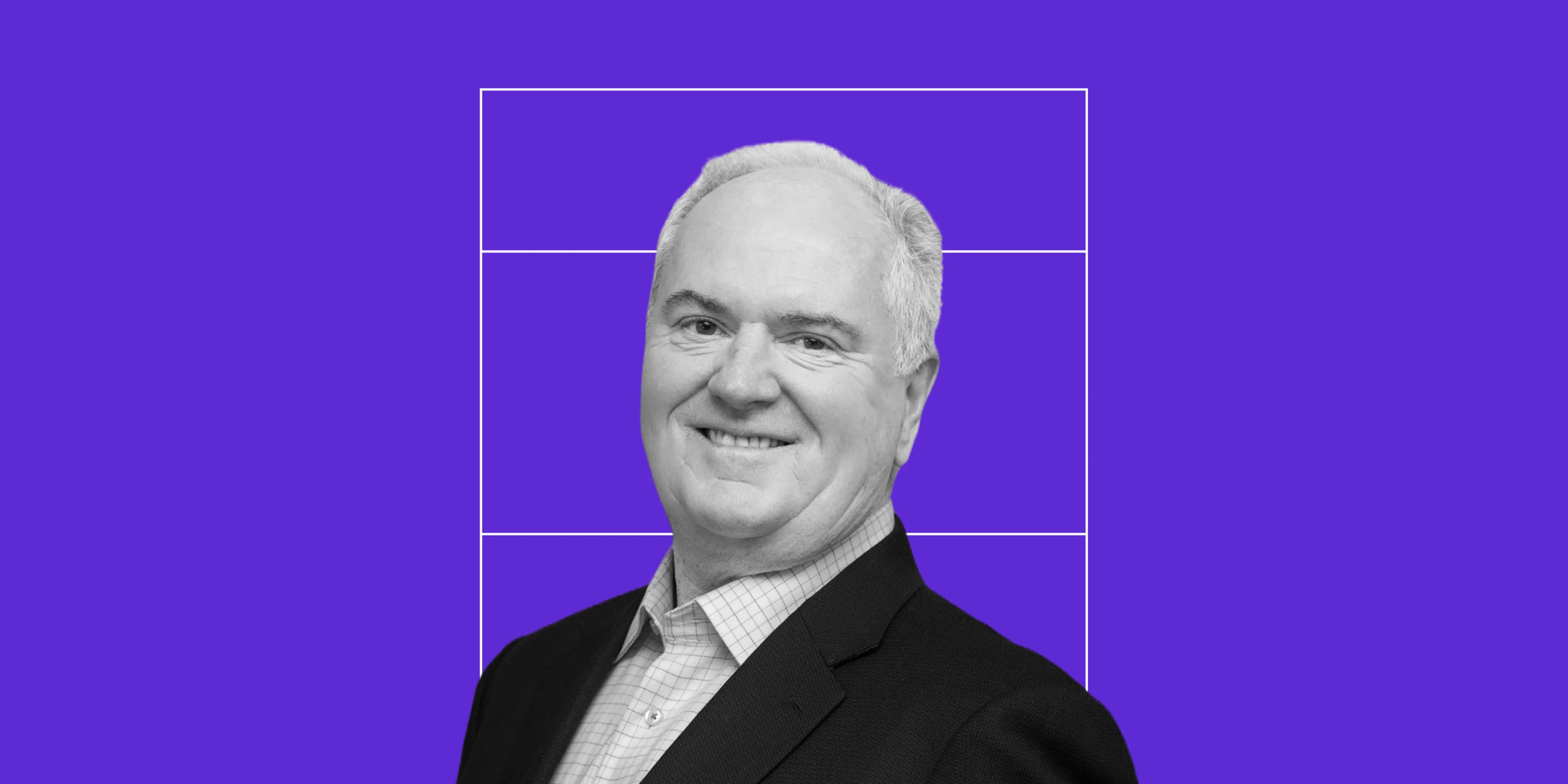
On every website two major conflicting forces are always at play: What you want your visitors to do, and what your visitors want to do. You want your visitors to come to your website, think you are wonderful, and start writing you checks for your services, or investing in your company’s stock, or, in the case of the very best job seekers, apply to join your organization. Maybe that’s what your visitors want to do also, but most of the time they won’t get there right away. If you aren’t publishing the right content, they may not come at all.
Content with your customers in mind
Think about all of the websites you go to everyday, and think about what you actually read on those sites. When you come across a block of copy that says, “We are the leading manufacturer of blah, blah, blah, with offices in Houston, Perth…,” what do you do? My guess is that you start skimming the page to find whatever it was that brought you to the site in the first place. Chances are most of the traffic on your site comes from a query that was typed into a Google search box. Many of our clients sell complicated services and products to other businesses, so their visitors are not coming to their site to be entertained or to catch up on a little casual reading. They are there for business, and they want to know something specific. Since they are on the job, they want the information fast so they can get back to their other responsibilities.
Who are your visitors, and what do they want anyway?
We always help our customers first by exploring who they want to talk to and who they themselves are. Who are your very best customers? Engineers, managers, business owners? Who plays a part in influencing the sale? Procurement professionals, HSE professionals, interns? Who else besides potential customers come to your site? Investors, job seekers, the media? You will want to outline all of those audiences and think about why they come to your site, and what they are trying to get accomplished while there.
Be empathetic to your audience.
Website usability expert, Gerry McGovern, cites a case study for the Norwegian Cancer Society, a non-profit organization that was wanting to get more donations. They experimented with making the “Donate Now” button larger, moving it around on the page, changing the color of it, and other tiny mechanical adjustments. Once they considered their audience—people who have either recently been diagnosed with cancer or discovered someone they loved had recently been diagnosed with cancer—they asked themselves, what would I want to know if I were in that situation? Well, as you can imagine, wanting to give money to a non-profit was not at the top of the list. The Society decided to make their educational materials accessible right from the home page. They also created new uplifting content about cancer survivors and forums for cancer patients to connect with each other. Then, magically, their donations increased by 70% and they saw an 88% increase in monthly donors. Putting people first and providing content that your audience is looking for pays off.
Make it easy for people to do business with you.
Make your client’s job easier. If your client needs documentation or the specifications of your products in order to prequalify you, make that information easy for them to find and download. One of our clients was always getting requests for their MSDS sheets. They thought it would be a good opportunity for the client to connect to a sales person. The problem with that approach was that most of the time the client had recently purchased from them and was not looking to reorder; they just needed to include the MSDS in shipping documentation. The person submitting the request was not a potential client, but another person that worked in the client’s organization. To complicate matters even further, the sales force was often busy with “real” clients and could not prioritize getting the MSDS sheets to the requestors. This slowed the client’s operations down and gave our client the reputation of being difficult. The answer? Our client made the MSDS easily downloadable on their product pages. This reduced the frustration for their sales teams, and website users.
Show and tell.
If you want your customers to know you have smart people and technology that will make a difference for their business, don’t just say it. Create content that shows it. Educate your audience by:
Writing white papers.
Speaking at conferences and leveraging that content on your website.
Creating useful videos that showcase the knowledge of your best people.
FKP Architects is more than an architecture firm. They help their healthcare clients transform their businesses, and they solve their clients’ issues very differently from the way their competitors do. So, instead of just saying they do things differently, they showed they did by sharing their thought process in the form of case study videos. This tactic let their work speak for itself.
Better content = Better traffic + Better results.
If your website is not performing the way you want it to, start by looking at the content on the site. You’ll probably get right to the heart of the matter.
— The Pennebaker Staff


